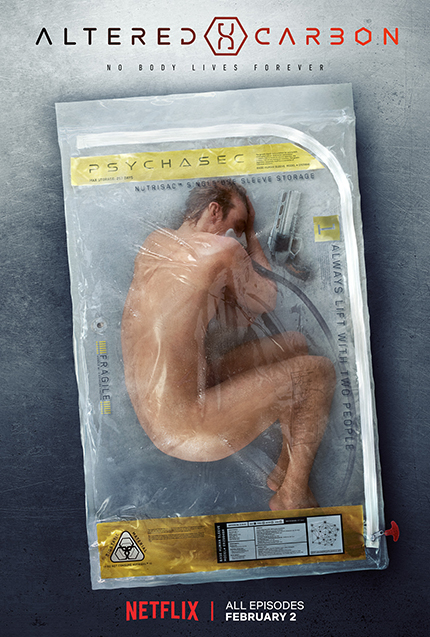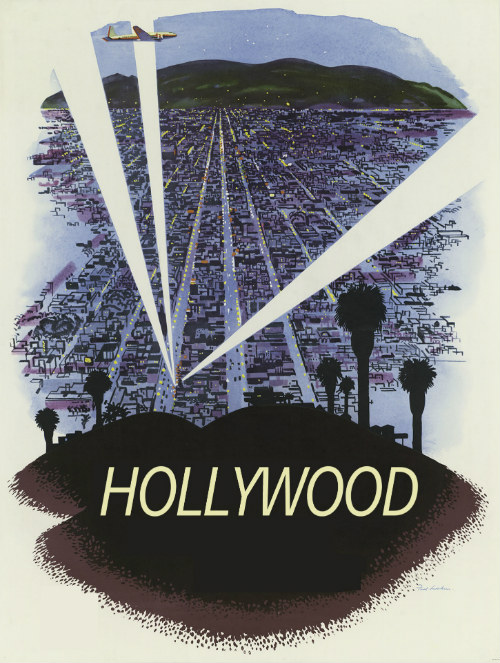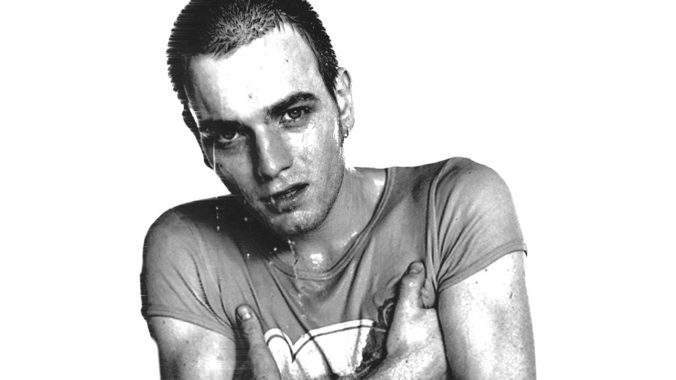At last … one of my favorite sci-fi books has been adapted into a series. Altered Carbon by Richard Morgan arrived last Friday on Netflix. When I first read the novel, I was mesmerized by the world Morgan created: a world where consciousness could be downloaded into a type of chip located at the base of the neck called a cortical stack. It could then be placed in a body (known chillingly as a sleeve). That sleeve could be a real body, a clone or a synthetic.
The ramifications of this concept are dizzying. Say your body was injured or diseased, and you had the money to pay for a new sleeve—because in this world and like most sci-fi, the wealthy have all the options—you could essentially live forever. But if you’re not rich, this world is not your oyster; it’s grim, gritty, ultraviolent and rife with sexual exploitation.
The 10-episode series is also a future-noirish crime story lead by our hero Takeshi Kovacs. Played by Joel Kinnaman (The Killing, RoboCop), who buffed out uber hard to play our conflicted hero, Kovacs is a mercenary who’s stack has been imprisoned for 250 years for crimes against the state. And now’s he’s been re-sleeved by one of the Meths (as old and rich as Methuselah, get it?) to solve who murdered him. Yes, this rich dude (James Purefoy) is alive again! His consciousness was backed up to his personal cloud before his stack was blown to bits. You see, once your stack is kaput, you’re irretrievably dead.
While the series made some dramatic changes to the novel that weren’t entirely satisfying to me, the overall result was thrilling and very cool. Budget was rumored to be around $100 million. Whatever the budget, every cent is evident on-screen. If you’re a lover of Philip K. Dick’s novels and the polluted, ad-fueled and rainy world of Blade Runner—which turned those motifs into sci-fi visual canon—you must check it out!



